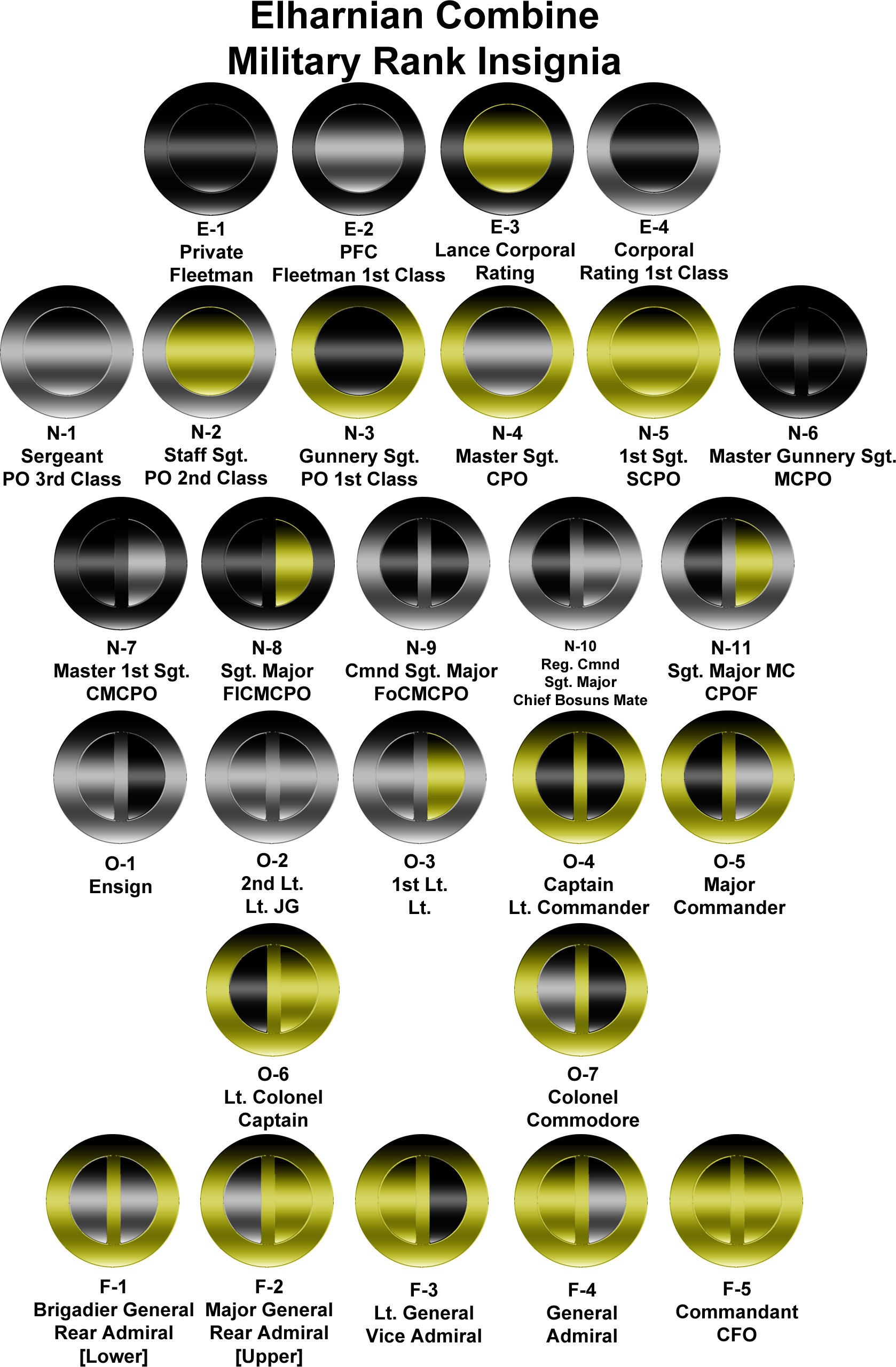

Instead, the WHO skipped over nu as well as xi, the next Greek letter in line - a move that many users on social media pointed out, while some questioned whether it was to avoid offending Chinese leader Xi Jinping. Many people had expected the agency to label the latest variant nu, which comes after mu, a variant designated on Aug.

It said the system allows for variants to be referred to in a simpler way than by their scientific names, and that it helps prevent people from referring to variants by the location where they were detected and creating stigma. The WHO has followed the Greek alphabet when labeling certain variants of the virus, SARS-CoV-2, since May. Omicron was first reported to the UN health agency by scientists in South Africa and has been identified in several other countries as well, The Associated Press has reported. The agency also deemed it a "variant of concern." The WHO on Friday gave the name "Omicron" to a new variant of the coronavirus that causes COVID-19. The World Health Organization has labeled the new strain the "Omicron" variant, skipping over "nu" and "xi" without explanation.

Here's what we know about how Omicron ended up with its name. Social media users correctly noted, however, that the organization skipped two letters in doing so, leading to questions about the move.

Newsletter sign-up: Get The COVID-19 Brief sent to your inbox.The WHO chose on Friday to dub the variant, first reported to the agency by scientists in South Africa, "Omicron" - continuing its use of the Greek alphabet for naming notable variants of the virus. The name of a newly identified variant of the coronavirus has had some social media users scratching their heads about the World Health Organization's system for labeling certain versions of the virus.


 0 kommentar(er)
0 kommentar(er)
